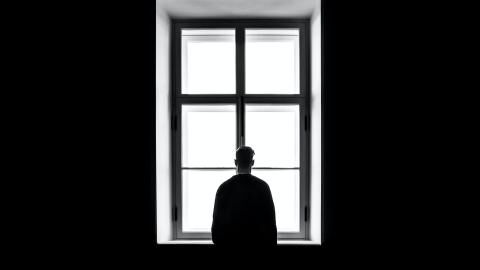After 13 years of work, a team of scientists has reached a major milestone in the treatment of genetic blindness.
Discover our latest podcast
Scientists used a cutting-edge technique to make proteins that capture light in a single eyeball, enabling a 58-year-old man to perceive certain objects with the help of special glasses. He was able to see blurred outlines in a narrow field of vision, which means his vision was partly restored. The results—the first successful use of a new treatment—were published on Monday 24 May in Nature Medicine.
Although the team is still a long way from being able to restore full vision to people with hereditary blindness, this small success holds promise for more effective treatments in the future. 'This is obviously not the end of the road, but it's an important step,' José-Alain Sahel, an ophthalmologist who worked on the study, told the New York Times.
Treatment combines gene therapy with futuristic glasses
The procedure is based on a gene therapy technique called optogenetics, which has previously been used to explore the inner workings of the brain. Scientists have previously injected animals with viruses programmed to turn normal cells intophotoreceptors, i.e. cells that respond to light.
José-Alain Sahel's team was the first to try this technique as a cure for blindness. They had to ensure that enough light reached the eye to activate these optogenetic proteins, without amplifying the light to the point of damaging the delicate retina.
To achieve this, they chose to work with amber light, which is relatively gentle to the eyes. They used gene therapy to create proteins that only capture this type of light, and then invented glasses that could translate the visual world into pulses of amber light.

The procedure restored the partial and blurred vision of one participant
With the special glasses, one of the volunteers was able to see the stripes on a pedestrian crossing, pick up a notebook from a table and count the number of cups in front of him. His perception of objects was blurred and limited to a narrow field of vision. The team also injected several other volunteers with gene-carrying viruses with the intention of training them to use the glasses, but the project was suspended due to the pandemic.
After one volunteer tried the glasses alone for seven months, he began to see results. Once the restrictions eased, he was able to go to the lab, where scientists confirmed that the glasses activated the visual cortex of his brain.
The team plans to bring in the other volunteers for training soon, José-Alain Sahel told The Times. For now, they can at least confirm their initial hypotheses.















